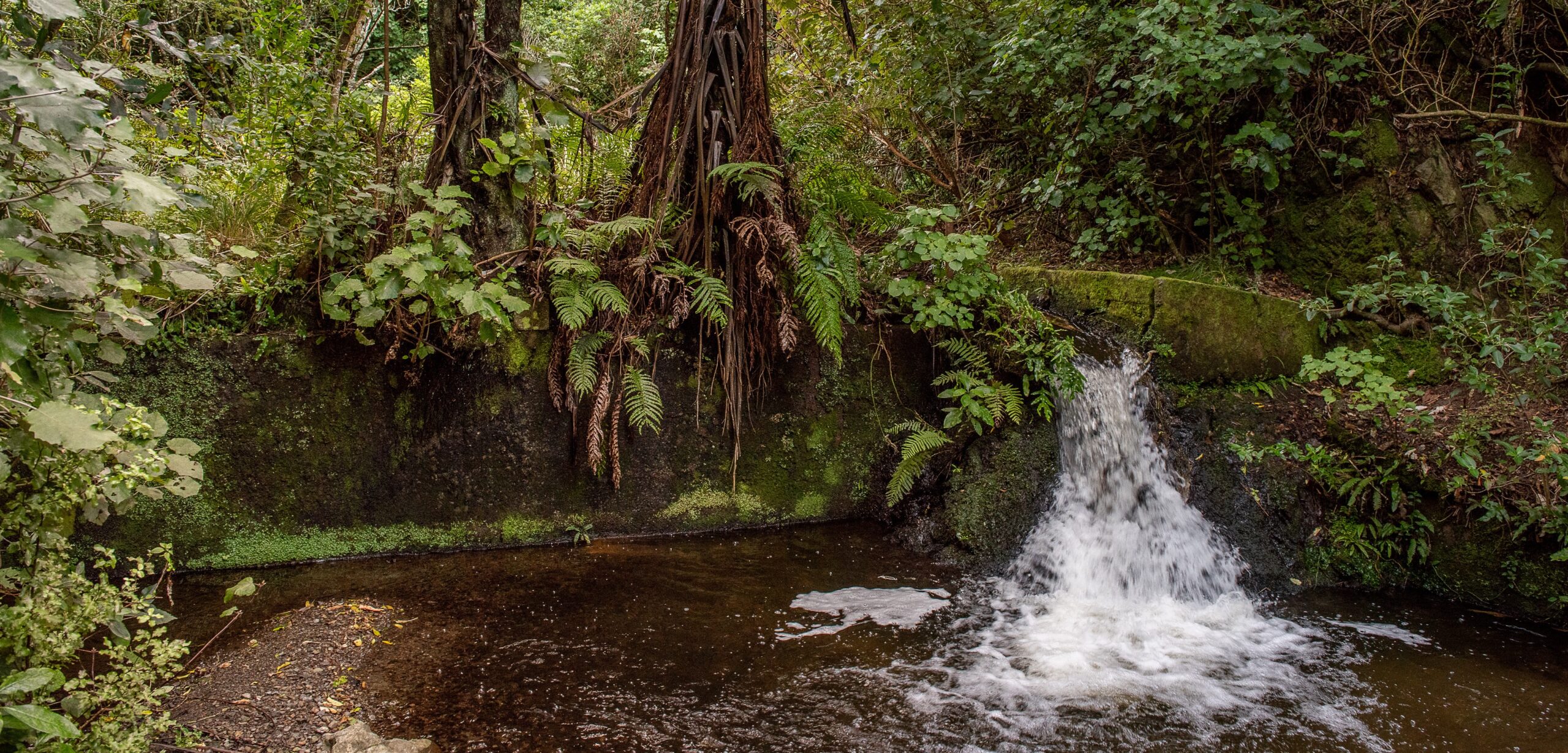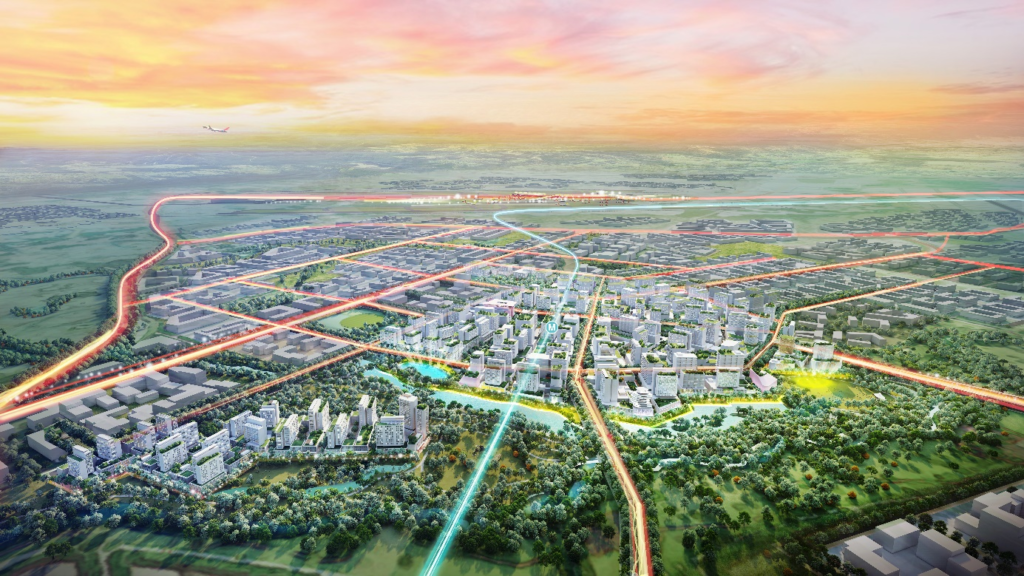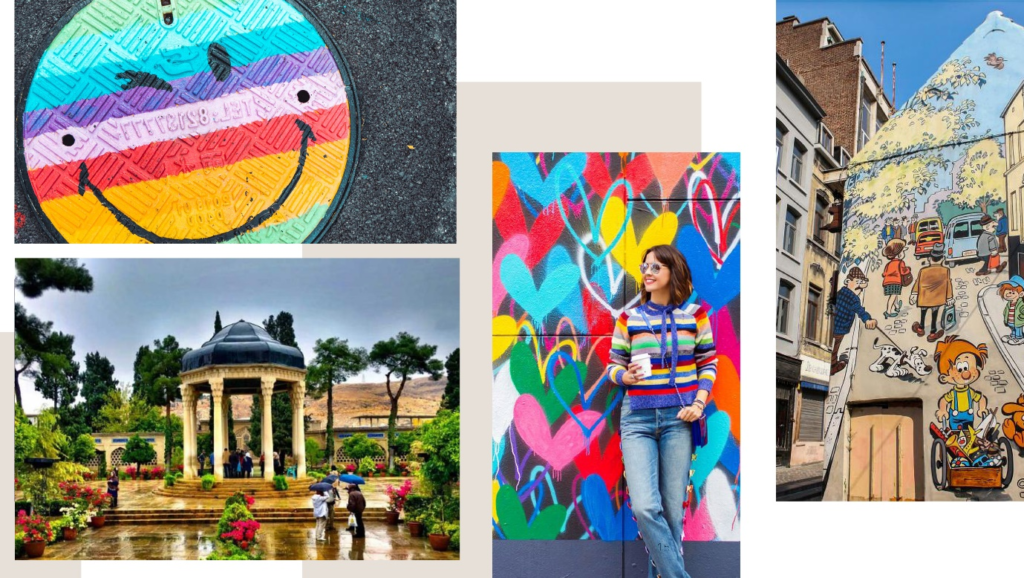City Know-hows

Target audience
Take note: City officers, policy makers, landscape architects. Indigenous communities and people working with indigenous communities worldwide.
The problem
In the current context, in New Zealand, traditional, cultural and ancestral landscapes have been desecrated by growing demands from colonization, capitalism, urbanization and globalization.
What we did and why
We explored the potential for reinstating the ideologies associated with traditional indigenous knowledge and, in particular, the intricacies of interconnectedness between environments and people. We examined new ways of integrating Māori knowledge in landscape architecture and landscape design to renew and expand the concepts of belonging, identity, quality of life and place.
Our study’s contribution
This study adds to the understanding of where identity and wellbeing fit when we design for architecture or landscape architecture. It also adds to our;
The study show the importance of the consideration of traditional indigenous knowledge as a catalyst for truly understanding site context and design outcome.
Impacts for city policy and practice
Based on this study we suggest:
Further information
Full research article:
Haumanu ipukarea, ki uta ki tai: re-connecting to landscape and reviving the sense of belonging by Bruno Marques, Jacqueline McIntosh and William Hatton.
Related posts

Seven key urban health policy ideas were found in the planning of Sydney’s Western Parkland City that draw upon different ontological perspectives. This case study prompts policy actors and researchers to reflect on their own assumptions, and others’ underlying assumptions to better understand where and how collaborations should occur.

When designing and managing public space, decision-makers and designers should:
• involve citizens in the process,
• consider all of the factors that contribute to citizen happiness,
• use evidence-based approaches to inform their decisions,
• monitor and evaluate the impact of public spaces on citizen happiness

Cities need to be aware of their vulnerabilities to local emergencies. They also need to understand which urban planning, design and management strategies work best to build resilience. We reviewed the latest scientific evidence to identify the most effective preparedness strategies for different emergency scenarios, analysing co- and dis-benefits among them. Ideas and tools for local authorities and communities in general to build back better.